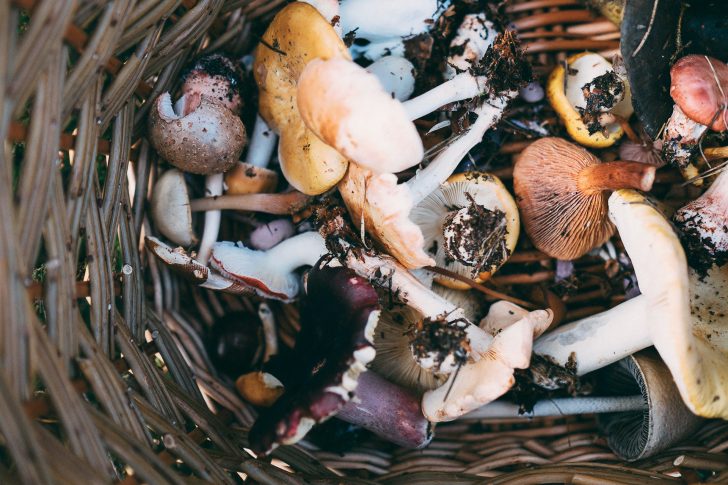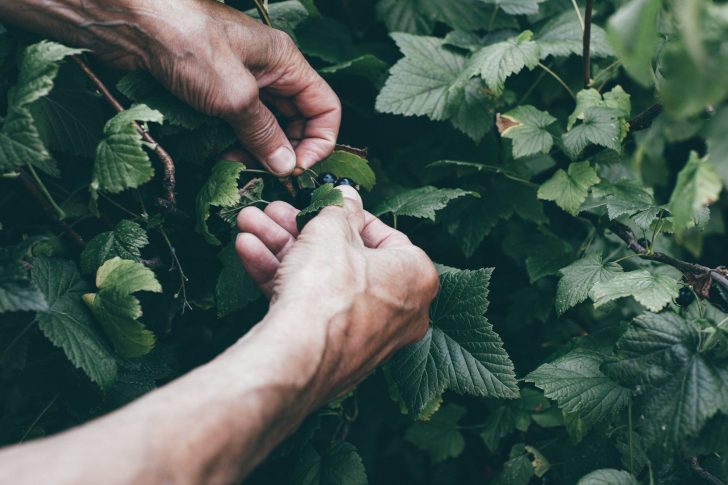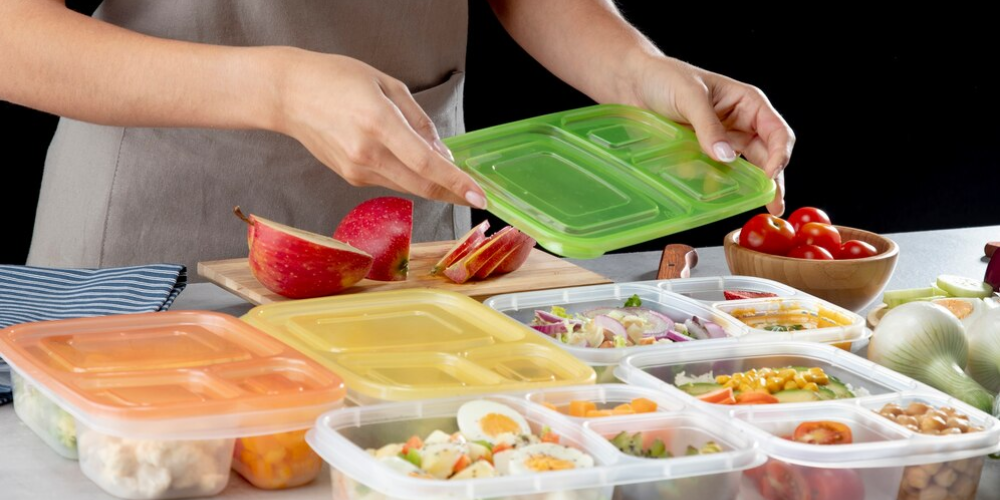In recent years, there’s been a quiet revolution brewing in the world of sustainable eating, and it’s happening in our backyards – literally. Local foraging, an age-old practice often relegated to the annals of history, is making a surprising and delightful comeback. This isn’t just a niche hobby for nature enthusiasts; it’s a movement gaining traction for its profound benefits to our health and the environment. Here is how local foraging is making a comeback.
Foraging History
Historically, foraging was a way of life. Our ancestors relied on the land around them for sustenance, picking berries, mushrooms, herbs, and greens as part of their daily diet. With the advent of agriculture and global trade, this intimate knowledge of edible plants and fungi faded from standard practice. But now, as we grapple with the environmental impacts of modern food systems, foraging is again sprouting up as a sustainable alternative.
Why Forage?
The answer lies in its simplicity and sustainability. Foraging is the ultimate way to eat locally and seasonally. By harvesting what grows naturally in your area, you reduce your carbon footprint, bypass the need for transportation, packaging, and refrigeration, and connect meaningfully with your local ecosystem. Wild foods are often more nutritious than their cultivated counterparts and packed with vitamins, minerals, and unique flavors.
Foraging in the Modern World
In urban and rural landscapes alike, foragers are rediscovering the abundance of nature. City dwellers might be surprised to find edible plants thriving in parks and along neighborhood streets, while those in rural areas have access to vast expanses of wilderness. The key is knowing what to look for, and here’s where modern foraging takes a twist.
Today’s foragers use social media, apps, and community workshops to learn about safe and sustainable foraging practices. These resources teach how to identify edible species, understand their habitats, and harvest responsibly without harming the environment. It’s a blend of ancient wisdom and modern technology, making foraging accessible to everyone.
The Community Aspect
What’s particularly heartening about the resurgence of foraging is the sense of community it fosters. Local foraging groups and workshops unite people to share knowledge, recipes, and experiences. It’s not just about finding food; it’s about connecting with others who share a passion for sustainability and nature.
The Environmental Impact
Foraging also has a positive impact on biodiversity. By focusing on native plants and fungi, foragers help maintain and improve local ecosystems. It encourages a deeper understanding and respect for nature, leading to more environmentally conscious behaviors in other areas of life.
Challenges and Considerations
However, foraging isn’t without its challenges. Overharvesting, misidentification, and trespassing on private property are concerns that need to be addressed. Foragers must educate themselves thoroughly and respect both the environment and local laws. Sustainable foraging means taking only what you need, leaving no trace, and ensuring the plants can thrive for future harvests.
Concussion: The Future of Foraging
As we look to the future, the role of foraging in sustainable eating seems more significant than ever. It’s a step back to our roots, offering a path to a more sustainable and healthier lifestyle. Whether it’s picking wild berries, harvesting nettles for soup, or finding edible mushrooms in a forest, foraging connects us to the rhythm of nature in a way that modern life often neglects.
Local foraging is more than just a trend; it’s a meaningful, enriching practice that benefits both people and the planet. So, the next time you’re out for a walk, keep your eyes peeled – you might just find dinner growing at your feet.






